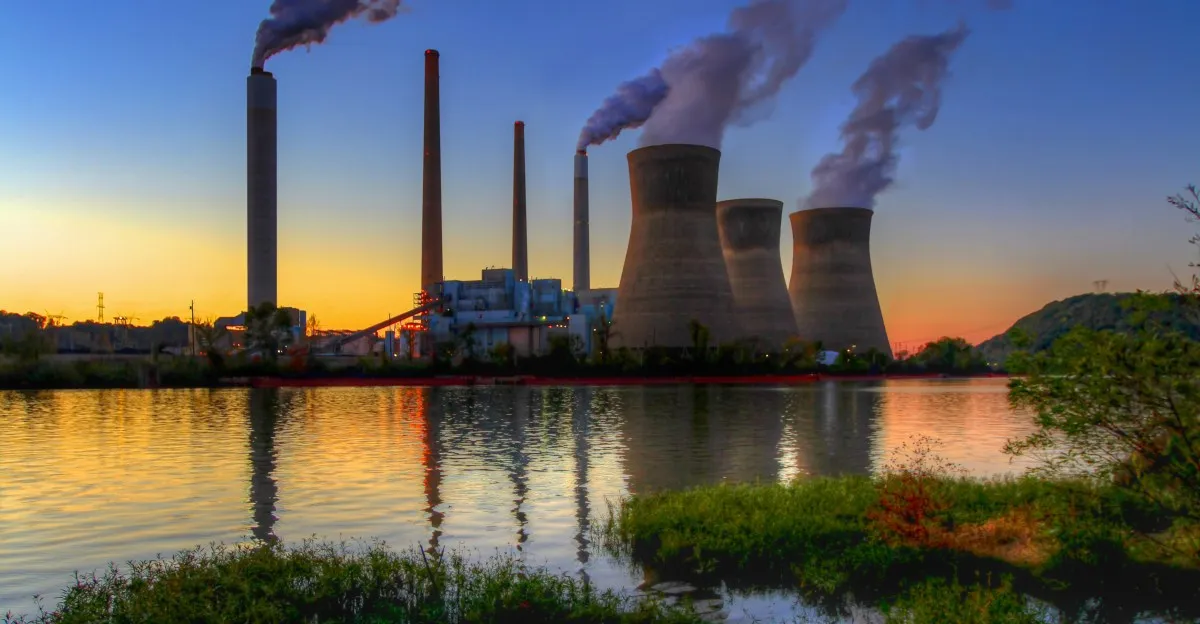
The journey of clean energy innovation in the United States has been remarkable, with the first solar cell ever created on American soil. Historically, companies like Tesla emerged as trailblazers in the electric vehicle (EV) market, establishing the US as a leader in both solar technology and lithium-ion batteries. However, the landscape has shifted dramatically, with China now dominating the manufacturing of solar cells and batteries. As a testament to this change, China’s BYD has surpassed Tesla to become the largest EV manufacturer globally, while the US grapples with dwindling investment in clean energy research and development.
The US has historically been at the forefront of clean energy advancements, but the country is now at risk of falling behind in a global energy revolution. President Donald Trump’s recent legislation, often referred to as the “big, beautiful bill,” passed in the Senate, threatens to marginalize the US in the ongoing clean energy transition. For several years, clean power sources such as solar and wind have become the dominant contributors to new electricity generation within the US, with projections indicating that they will account for over 90% of new electricity capacity on the power grid this year. In fact, wind and solar now produce more electricity than coal, and clean energy jobs outnumber those in fossil fuels nearly two to one, showing unprecedented growth in the sector.
Despite these promising trends, the latest spending bill making its way through Congress threatens to reverse progress made in the clean energy sector. While some extreme provisions targeting renewable energy have been removed, this version of the bill significantly reduces investments from the 2022 Inflation Reduction Act, which represented the largest US investment aimed at combating climate change. Key provisions include a rapid phaseout of tax credits for wind and solar energy, as well as the elimination of a $7,500 tax credit for new electric vehicle purchases. Alarmingly, the bill introduces a new tax credit for coal, reflecting Trump’s historical opposition to renewable energy solutions.
The consequences of this legislation extend beyond renewable energy, potentially stifling the overall US economy. As the tech industry experiences significant load growth, the demand for electricity is surging, but the most readily available energy sources are being constrained. Alternatives such as fossil fuels require extensive time and resources to ramp up production, compounded by the volatile nature of globally traded commodities. With oil and natural gas prices currently at four-year lows, the business case for increased mining and drilling becomes increasingly difficult to justify, despite existing incentives.
Despite these obstacles, there are still opportunities for growth in the clean energy sector. The Senate bill does extend tax credits and loan programs for nuclear energy and geothermal power, but cuts to funding for renewable energy could impede the necessary development of a robust domestic supply chain for zero-emissions technologies, including essential materials like lithium and rare earth minerals. The inefficiencies in connecting new power plants to the grid further exacerbate the challenges facing clean energy deployment.
While the US lags in clean energy investment, other nations are accelerating their efforts. Global investment in clean energy technology is projected to reach $2.2 trillion this year, with renewables set to surpass coal as the primary power source worldwide. As the costs of wind, solar, and battery technologies continue to decline, the US risks ceding leadership in this critical growth industry to China and other countries. The case for expanding clean energy remains compelling, emphasizing lower costs, faster deployment, and reduced greenhouse gas emissions.
Although the Trump administration imposes significant hurdles for clean energy projects, there are still initiatives in the pipeline that may advance in the US. However, without sustained investment and supportive legislation, the country faces the risk of falling further behind its global counterparts, resulting in a reliance on dirtier and more expensive energy sources. As the world moves towards a cleaner energy future, the US must adapt to ensure it remains a pivotal player in the global clean energy landscape.